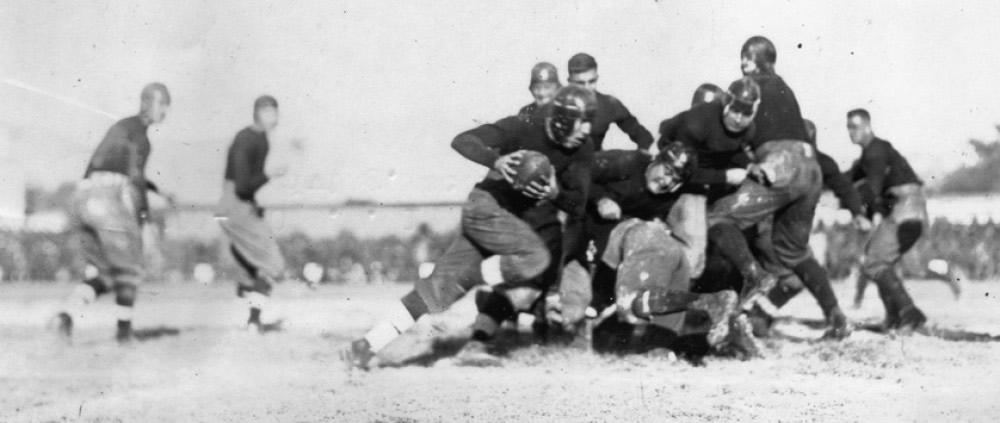Before discussing the seven unclaimed national championship seasons of the Auburn University football team that are the primary focus of this book, it is worthwhile to first give some definition to the term “national championship” so that readers understand how that term is used herein. The first point that must be made is that the National Collegiate Athletic Association does not and has never itself named any Division I college football team a national champion.
While the NCAA may recognize certain teams as a national champion, the award has always been given by other independent entities, often called “selectors.” It should also be recognized that these selectors sometimes disagree and a true consensus as to what single team should be recognized as national champion has often been lacking, leading to controversy. For example, while LouisianaStateUniversity was the Bowl Championship Series (“BCS”) champion in 2003, the University of Southern California also claims a 2003 national championship based upon being ranked first in the final poll of the Associated Press, another recognized selector.
Such controversy extends back in time at least to the 1920’s, and perhaps earlier. The game of football was first played by colleges in 1869, but it was not widely played outside the East until the 1880’s. When only a small number of schools were fielding football teams, the winner of games between Harvard and Yale was generally considered by those in the East to be the intercollegiate football champion. Then, in the 1880’s several sporting magazines began ranking the Eastern teams at the end of the season. Later, regional champions were named by newspapers, and after 1900 certain southern newspapers would name a team the “Champion of the South.”
In 1929, former Auburn coach John Heisman argued that the country be divided into four sections, that a champion of each section be chosen, and then that the four teams should play each other to determine a true national champion. This plan, of course, was never put into action, though it is similar to the four team championship playoff recently adopted by the BCS for the 2014 season and shows Heisman’s great foresight.
A few years earlier, in 1926, Frank Dickinson, a professor of economics at the University of Illinois, developed the first mathematical formula for rating college football teams. After determining a national champion for 1926 using this process, he was requested by Notre Dame’s coach Knute Rockne to do the same for the 1924 and 1925 seasons, which resulted in Notre Dame’s 10 – 0 team being named by Dickinson the national champion for 1924. Professor Dickinson continued his annual rankings through the 1940 season. Soon after Dickinson published his first rankings in 1926, other persons developed similar mathematical ratings systems and it was debated as to which rankings were best.
An alternative to these mathematic rating systems appeared in 1936 when the Associated Press developed a poll based on the votes of sportswriters and broadcasters, who considered themselves experts in determining which college football teams were the best. The United Press International developed a competing poll in 1950 that was based on the votes of college coaches, believing that coaches knew how to rate teams better than sportswriters. However, it has never been established that these human polls by the two news wire services were more accurate than the various selectors who used mathematical formulas. The human polls simply became more accepted over time as they were actively pushed onto the public by the sports media from where they originated.
To continue reading, order Auburn’s Unclaimed National Championships.
